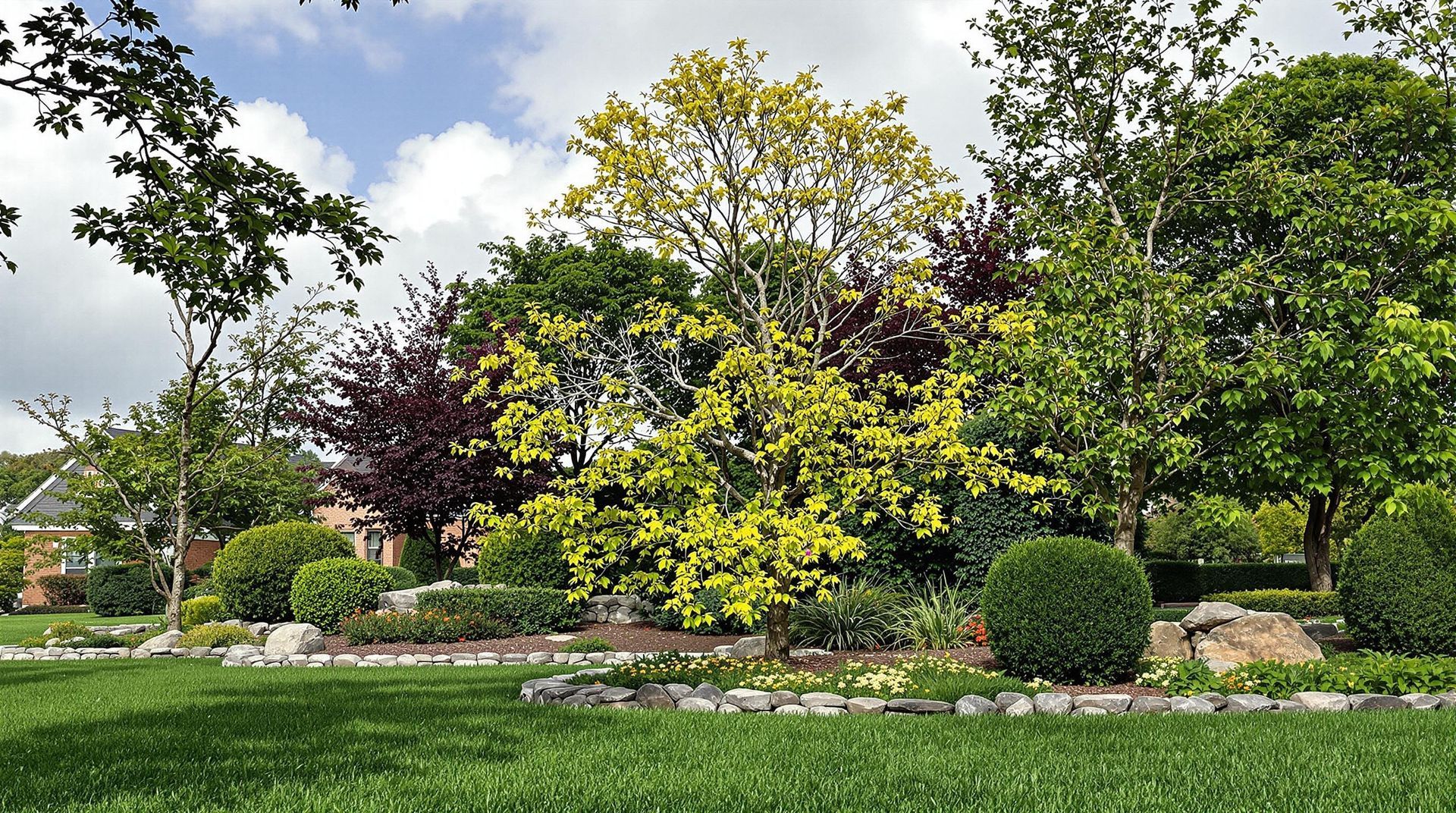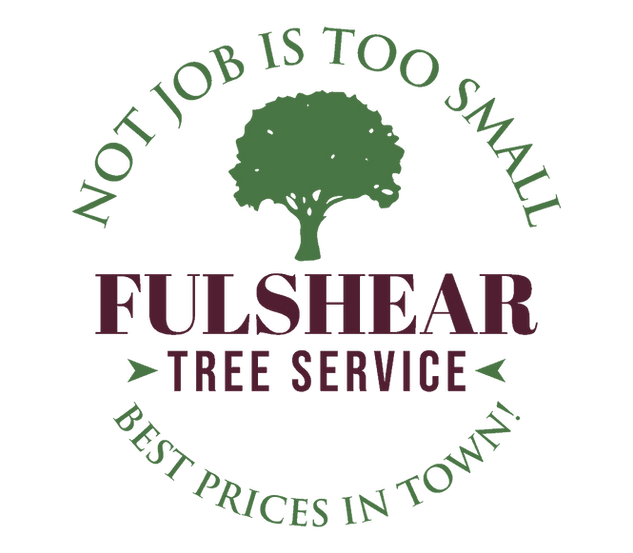Raising Kids and Trees: Why Safe Landscaping Matters for Growing Families

Table of Contents
- How Your Yard Impacts Your Child’s Safety and Development
- Tree Placement and Growth: Planning Ahead for Safety
- Choosing Child-Friendly Plants and Ground Covers
- Creating Safe Play Zones and Natural Boundaries
- Regular Maintenance and Hazard Prevention
- Encouraging Nature Education and Exploration
- Designing with Age in Mind: Toddlers to Teens
- The Long-Term Value of a Safe and Nurturing Yard
- Contact Fulshear Tree Service for Expert Safe Landscaping Help
Key Takeaways
- Safe landscaping can prevent common injuries and accidents in the yard.
- Tree and plant choices significantly affect family yard safety.
- Smart design encourages outdoor play, imagination, and nature education.
- Proper ground cover, tree trimming, and maintenance eliminate hidden hazards.
- A child-friendly yard evolves with your family—planning ahead matters.
How Your Yard Impacts Your Child’s Safety and Development
Your yard is more than an extension of your home—it’s a playground, a classroom, and a memory-making space. However, it can also be a place filled with potential hazards if not thoughtfully planned.
Creating a backyard that supports your child’s growth and exploration while preserving the beauty and integrity of your landscape is more than just a weekend project—it’s a long-term investment in your family’s safety and well-being. In this blog, we explore how to create a yard that supports family yard safety and development while embracing smart landscaping tips for every season.
Studies show that outdoor play improves a child’s cognitive and motor development. But to support this, your landscape must be secure, accessible, and hazard-free. That’s where safe landscaping becomes essential.
From tree roots that trip toddlers to toxic plants that pique a child’s curiosity, it’s important to understand how landscaping impacts your child’s health and safety on a daily basis.
Tree Placement and Growth: Planning Ahead for Safety
Trees are timeless additions to a family yard—but only when chosen and placed carefully.
Here are some landscaping tips to keep in mind when dealing with trees:
- Avoid planting large trees too close to play areas. Overhanging branches can fall or block visibility.
- Be mindful of root systems. These can buckle pavement, create tripping hazards, or interfere with play equipment stability.
- Select low-maintenance tree species. Avoid trees that drop heavy fruit, sap, or thorny debris.
Partnering with experts like
Fulshear Tree Service ensures you get professional guidance on tree placement, trimming, and long-term care..
Choosing Child-Friendly Plants and Ground Covers
Not all greenery is created equal when it comes to children. Some plants are toxic when ingested, while others have sharp thorns or irritating leaves.
Safe Plant Selection Tips:
- Choose non-toxic options like lavender, sunflowers, or marigolds.
- Avoid oleander, foxglove, azaleas, and sago palm—these are poisonous to humans and pets.
- Use soft ground covers like clover, moss, or wood chips in play areas to prevent scrapes and falls.
Proper plant selection helps create a secure sensory experience for kids, encouraging them to explore without risk.
Creating Safe Play Zones and Natural Boundaries
Designing distinct zones in your yard improves both safety and organization. This is especially helpful when juggling multiple children or hosting neighborhood kids.
Tips for Creating Safe Play Spaces:
- Use safe landscaping borders like natural rock, mulch beds, or low hedges to define areas.
- Keep active zones—like trampolines or swing sets—away from trees or fences.
- Incorporate soft fall materials under and around play equipment.
By clearly separating play zones from gardening or utility areas, you ensure family yard safety and encourage focused outdoor play.
Regular Maintenance and Hazard Prevention
Overgrown bushes, unstable tree limbs, and hidden stumps aren’t just unsightly—they’re dangerous.
Here are some essential landscaping tips for ongoing yard safety:
- Inspect trees regularly for dead limbs or signs of disease.
- Clear underbrush that might conceal snakes, insects, or sharp debris.
- Level uneven ground that could cause trips and falls.
Hiring a professional like Fulshear Tree Service guarantees these tasks are done right, reducing long-term risks and keeping your yard beautiful.
Encouraging Nature Education and Exploration
When your yard is safe, it becomes the perfect outdoor classroom. Kids are naturally curious about bugs, leaves, birds, and the changing seasons.
Consider including:
- A butterfly garden with nectar-rich flowers
- A vegetable patch where kids can dig, plant, and harvest
- A compost area to learn about sustainability and ecosystems
These features enrich your child’s outdoor time and create lasting memories—all while reinforcing family yard safety through planned design.
Designing with Age in Mind: Toddlers to Teens
Your landscaping plan should evolve as your children grow. What works for a toddler may not suit a ten-year-old.
Smart Age-Based Adjustments:
- Toddlers: Soft grass, shade trees, sandbox areas
- Grade-schoolers: Climbing structures, bike paths, tree swings
- Teens: Fire pit areas, hammock zones, shaded seating for study or socializing
Think of your yard as a living environment that should shift to meet your family's changing needs. With the right landscaping tips, it's easy to make small changes that have big impact over time.
The Long-Term Value of a Safe and Nurturing Yard
A well-designed family yard adds more than just fun—it increases property value, supports emotional wellness, and creates an anchor for lifelong memories.
Safe landscaping adds curb appeal, lowers liability risks, and shows prospective buyers that your home is kid-friendly and well-cared for.
But most importantly, it ensures your children grow up in a secure environment where they can run, play, and thrive.
Contact Fulshear Tree Service for Expert Safe Landscaping Help
Creating a child-friendly yard requires more than a trip to the garden center. It takes planning, knowledge of tree species, soil health, long-term maintenance, and a deep understanding of family yard safety.
That’s where we come in.
At Fulshear Tree Service, we specialize in thoughtful, practical, and family-focused landscaping tips that keep your yard safe and beautiful all year long. From expert tree trimming to landscape planning, our experienced team is here to help.
Visit us or call us at (832) 720-3302, or email ocanaslawnservice@gmail.com to schedule your request. Let’s work together to protect the space where your best memories are rooted.
Let’s work together to build an outdoor space where your family—and your trees—can grow safely, side by side.
Frequently Asked Questions
1. How can we make our yard safer for young children?
To improve family yard safety, start by removing tripping hazards like exposed roots and uneven surfaces. Install soft ground covers in play areas, choose non-toxic plants, and ensure trees are professionally pruned. These landscaping tips help minimize accidents while encouraging safe outdoor play.
2. What does safe landscaping involve for families with kids?
Safe landscaping involves strategic tree placement, child-friendly plant choices, and thoughtful design that separates play zones from utility areas. It also includes regular maintenance like trimming branches and leveling ground to prevent injuries. These steps make your yard both functional and fun.
3. Are there specific trees or plants to avoid for family yard safety?
Yes, for better family yard safety, avoid planting trees that drop heavy fruit or have weak limbs, and stay away from toxic plants like oleander, sago palm, or foxglove. One of the best landscaping tips is to consult an expert who can help you choose safe, kid-friendly greenery.
4. What are some easy landscaping tips to create a child-friendly backyard?
Some easy landscaping tips include using soft mulch or grass for play zones, adding natural boundaries like shrubs or edging, and installing shaded seating areas. Regularly inspect trees and remove low-hanging or dead branches to maintain safe landscaping throughout the year.
5. Why is professional help important for safe landscaping?
Hiring professionals ensures that every detail—from tree placement to plant selection—is tailored to promote family yard safety. They can identify hidden risks and offer expert landscaping tips that homeowners may overlook. This results in a yard that's safe, beautiful, and built to grow with your family.

